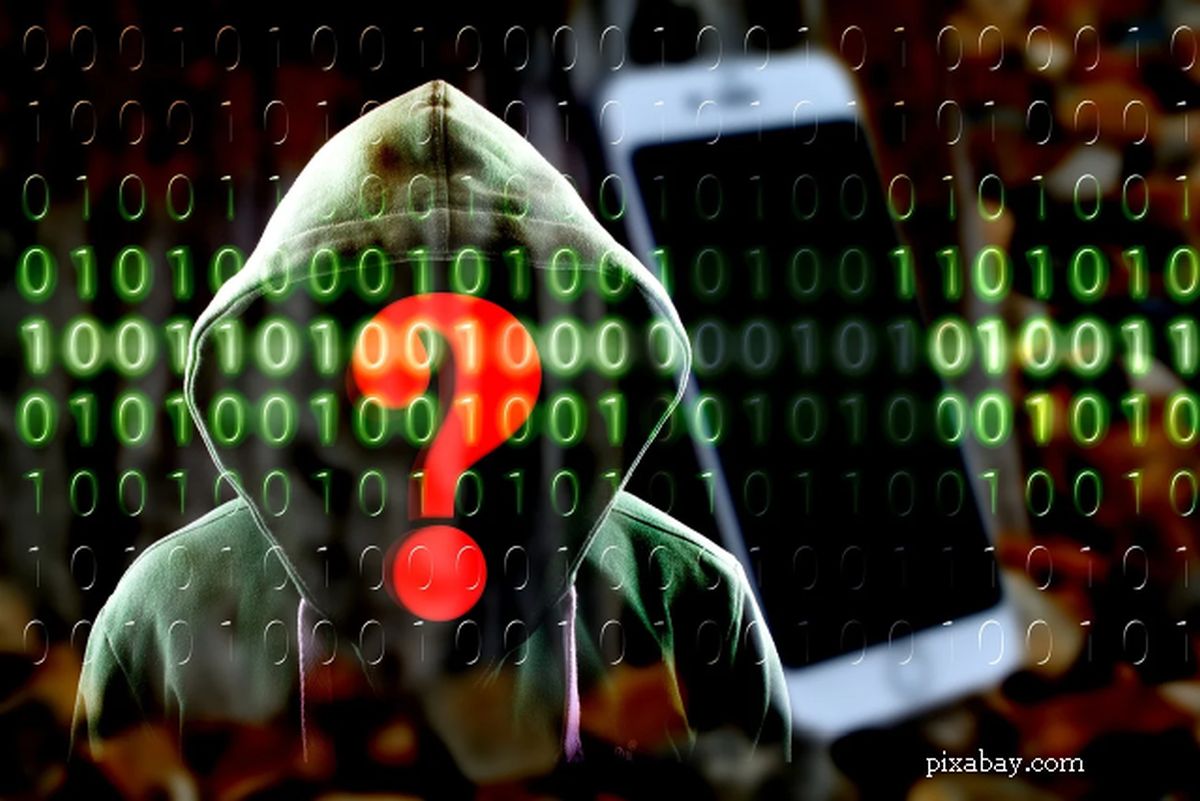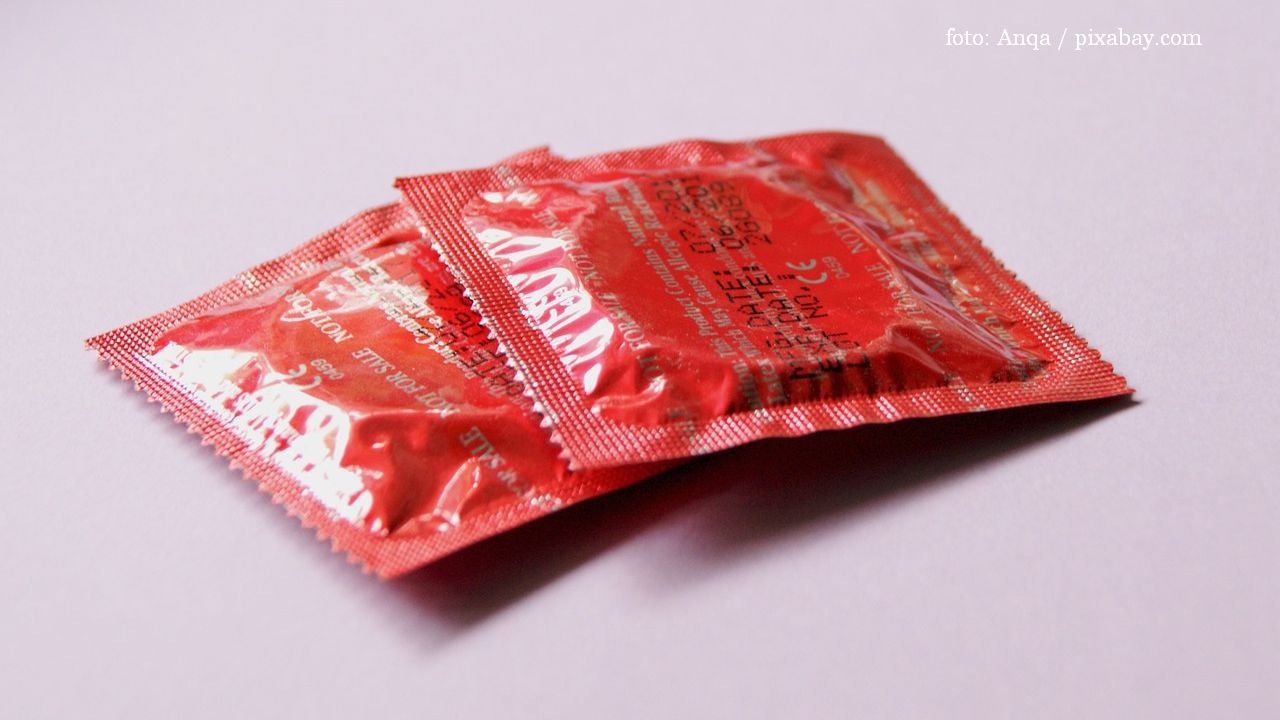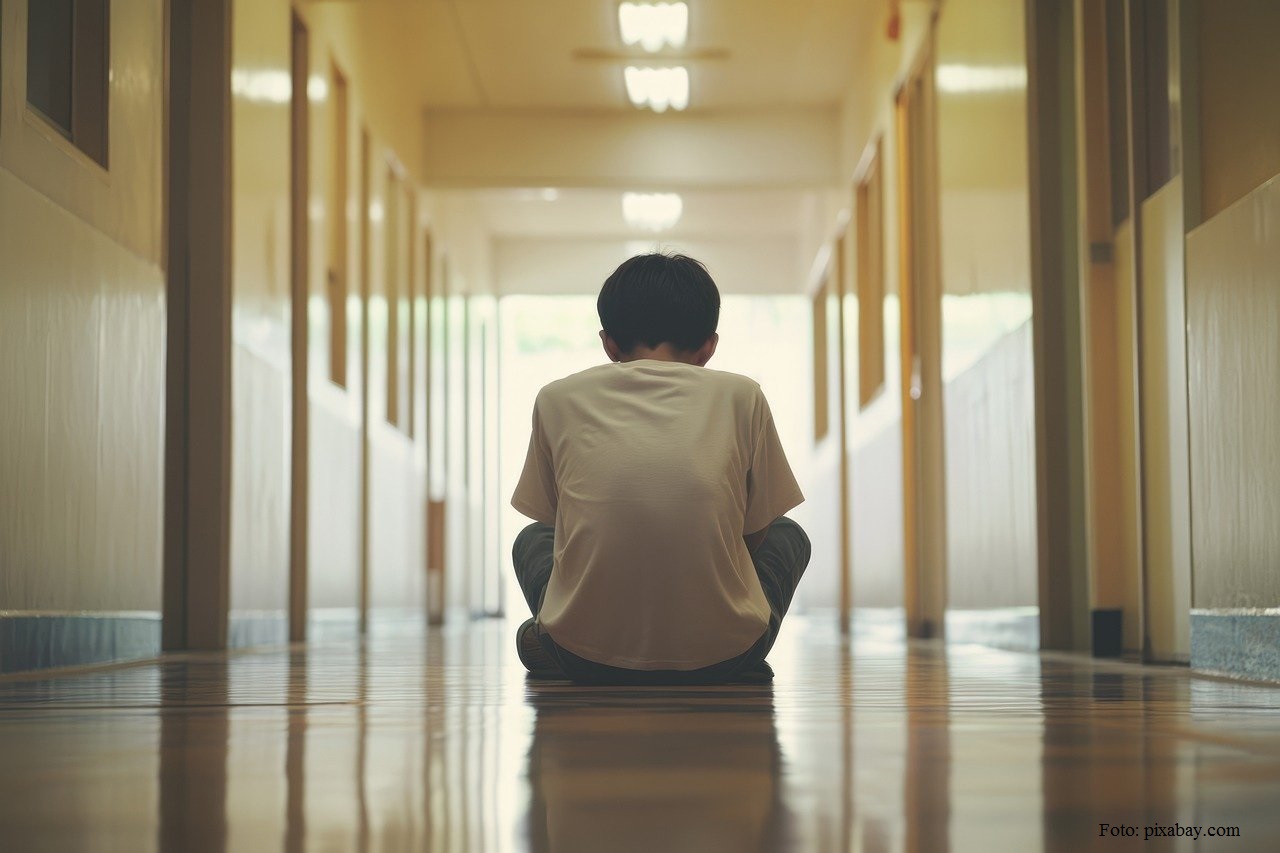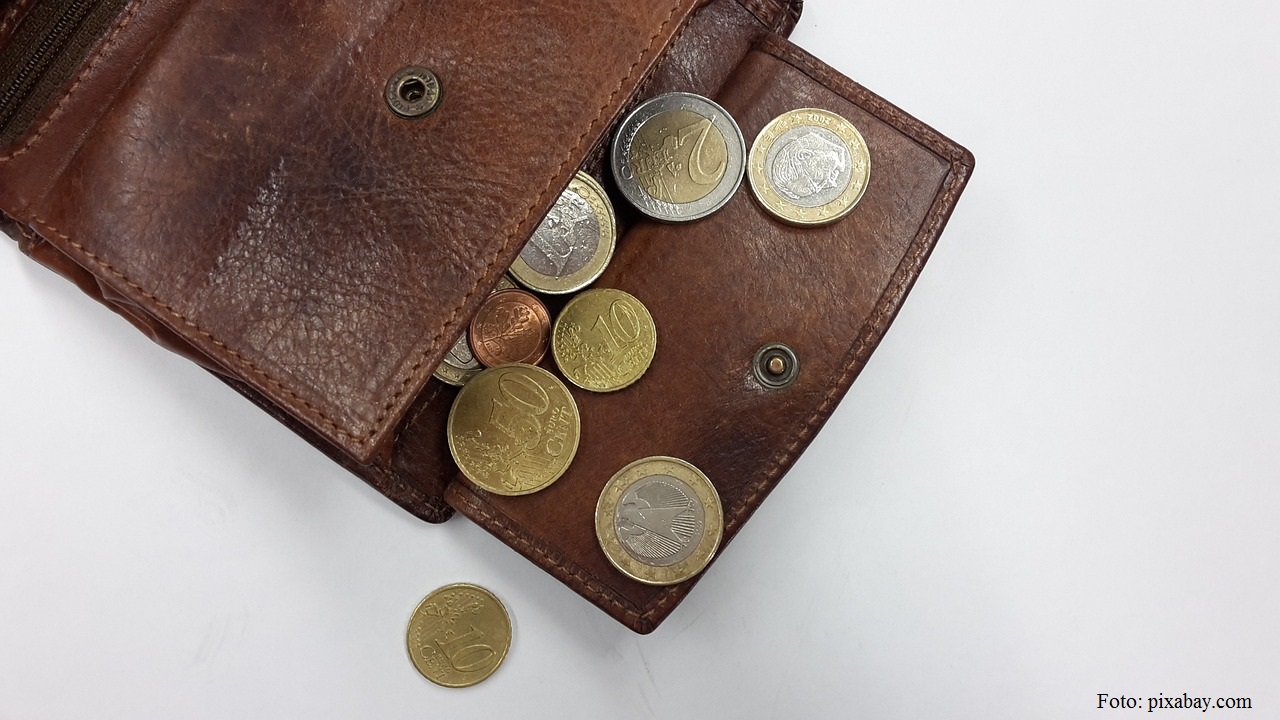A different way of teaching physics and chemistry
A look at an experimentation-based method of teaching science initiated in Romania twelve years ago.
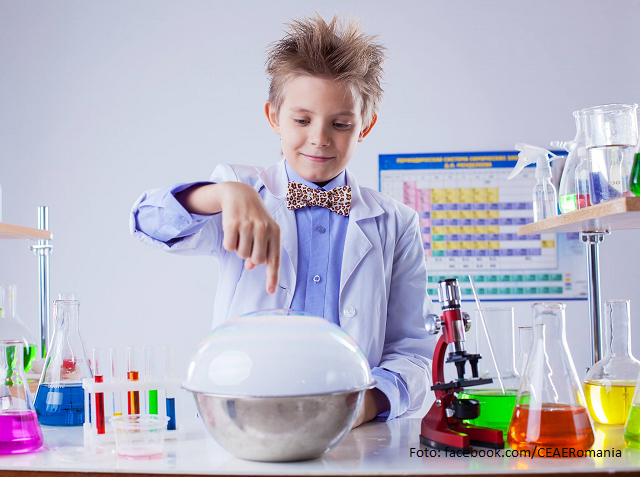
Christine Leșcu, 21.06.2023, 14:00
Twelve
years ago, the non-governmental association the Centre for
Educational Evaluation and Analysis initiated a project entitled
Physics differently aimed at changing the way in which this
subject is taught in secondary school. The goal was to no longer
teach theory followed by its application in various areas but to
focus instead on encouraging pupils to experiment directly. Cristian
Hatu, the president of the NGO, explains why this new approach was
necessary:
This
was in response to trends we saw in other countries with
high-performing educational systems. As to why these countries
adopted this approach, this is a more complex issue, but I’ll
mention a few examples I find more relevant. Compared with 30 or 40
years ago, when many jobs implied repetitive and routine activities,
with time and the introduction of automation, the percentage of these
jobs has decreased. Instead, we’ve seen an increase in jobs where
employees are required to put their mind to work in order to solve
new and problematic situations. And then the question arose as to
what extent does school need to focus on memorisation and
reproduction and whether it shouldn’t in fact need to develop
pupils’ logical thinking to a greater extent. So these countries
began to rethink the way in which certain subjects are taught in
school in order to develop critical thinking and problem-solving
skills in pupils. So, for example, science teachers no longer simply
stand before pupils and teach them Ohm’s law, the formula and then
immediately start solving problems. On the contrary, they let pupils
solve and find a solution to the problem themselves. Teachers take a
step back and let pupils have direct contact with reality. So, in a
way, pupils retrace the steps of the scientist who first made the
discovery.
Moreover,
the method of applied investigation proposed under the Physics
differently project can help reduce functional scientific
illiteracy, as pupils will acquire a direct understanding of how the
laws of physics work and to identify them in daily life, through
experimentation and stimulating their own thinking. But how did
pupils react when first faced with this method? Cristian Hatu tells
us more:
We
made them curious and they began to realise their own potential.
Teachers say that at first pupils ask why should they answer the
questions, they couldn’t possibly, it’s the teacher who should give
them the answers. It takes a few weeks until they overcome this
reflex, which is only normal after all these years of learning
through the conventional method.
Twelve
years since this project was first implemented, Physics
differently is a success. Almost 3,000 teachers have been trained
to teach based on this investigative method. While the project
initially targeted secondary school pupils from years 6 to 8, it has
in time also been extended to high school. Cristian Hatu, the
president of the Centre for Educational Evaluation and Analysis
explains:
Changes
were made to secondary school curriculum for this end. Inspectors now
check to what extent teachers apply this method of investigation in
class. In high school, despite the problems with the adoption of a
new curriculum, an intermediary solution was found and methodological
recommendations were included for year 9 and 10 teachers, as they
were faced with pupils who had studied after this method in secondary
school. So teachers were trained to continue the approach used in
secondary school with this first generation of pupils, who are now in
year 10.
The
success of the project led the Centre for Educational Evaluation and
Analysis to initiate, a few years ago, a similar project for
chemistry, also based on the investigative method. In the future, the
NGO plans to develop yet another project for teaching mathematics.

